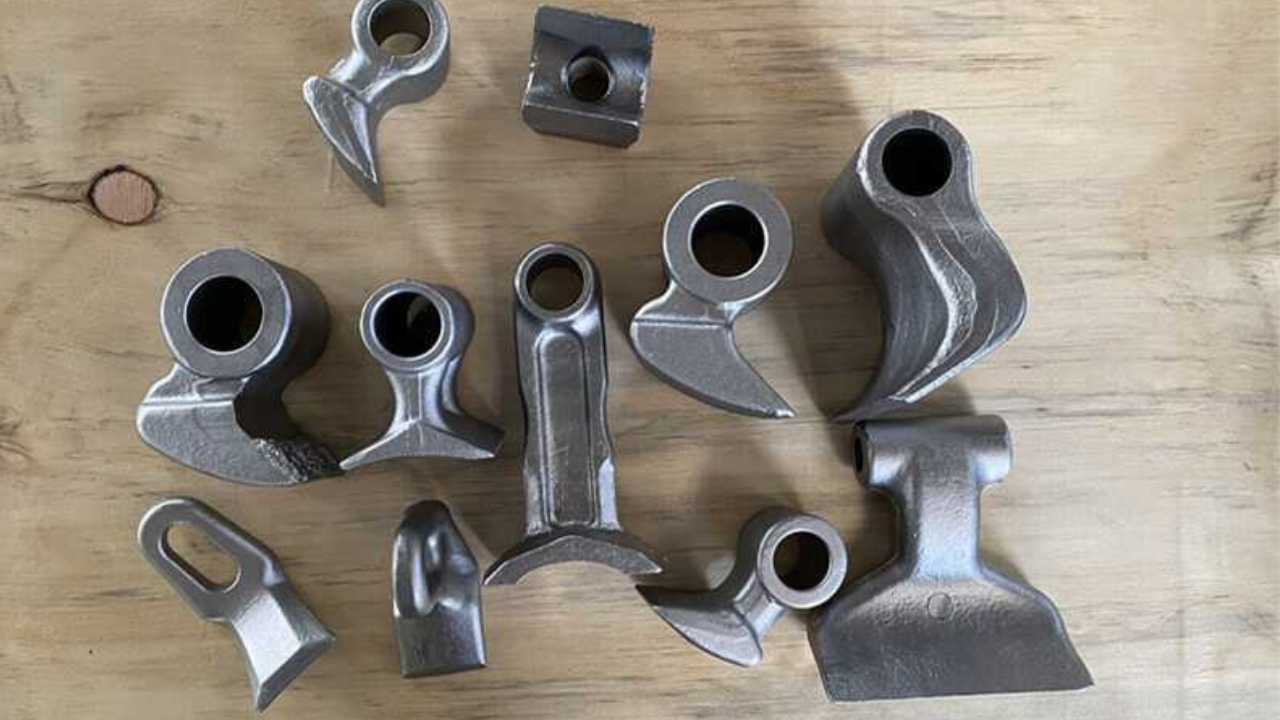The essential components for land clearing and vegetation management machinery, consist of mulcher teeth and flail mower hammer blades. The essential components of fecon mulcher teeth and flail mowers depend on these parts to achieve their operational efficiency, durability and performance capabilities. The knowledge of these unique features enables users to choose appropriate parts for their specific applications.
Key Features of Mulcher Teeth
The design of mulcher teeth enables them to perform intense vegetation-cutting and grinding operations. The teeth contain multiple essential characteristics that boost their operational capabilities.
Material Composition
The teeth employ tungsten carbide or hardened steel materials for their construction because these substances combine exceptional durability with resistance to wear. Protective coatings applied to the teeth improve their operational life span in challenging environmental situations.
Cutting Edge Design
Chisel teeth perform best when used for hardwood and dense vegetation because they deliver precise cuts. The hammer-style teeth design serves as an excellent solution for general-purpose mulching operations because it delivers strong impact resistance. Carbide-tipped teeth provide the best performance when working with rocky surfaces because they deliver improved cutting effectiveness.
Mounting and Compatibility
This equipment design accommodates mulching machines of various types. The product comes with bolt-on and weld-on mounting systems that simplify installation and replacement procedures.
Resistance to Wear and Impact
These blades feature engineering that makes them resistant to both high impacts and abrasions. The self-sharpening design mechanism maintains continuous cutting efficiency throughout its operational life.
Essential Characteristics of Flail Mower Hammer Blades
The essential component of flail mower systems is hammer blades that serve both brush cutting and mowing functions. The special design elements of these blades improve both performance and operational longevity.
Blade Construction and Material
The blades use high-strength steel for enduring multiple impacts. The heat treatment process improves both durability and service lifetime expectations.
Blade Design for Versatile Cutting
The hammer blades serve as heavy-duty blades that efficiently cut through thick brush and small trees. Y-Blades are lightweight and efficient for fine grass cutting. Straight blades are used for uniform cuts and mulch distribution.
Free-Swinging Mechanism
The drum rotation system enables these blades to move freely during impact to prevent damage. The machine operates more efficiently because of reduced strain.
Easy Maintenance and Replacement
This equipment allows fast installation and replacement operations, which minimize equipment downtime. The equipment works with different types of flail mowers because of its brand compatibility.
Comparison of Mulcher Teeth and Flail Mower Hammer Blades
Tungsten carbide and hardened steel materials form the base of mulcher teeth, while high-strength steel makes up flail mower hammer blades. The cutting mechanisms of mulcher teeth remain stationary on rotary drums or discs, yet flail mower hammer blades operate freely to reduce impact damage. The purpose of mulcher teeth in heavy-duty forestry mulching and land-clearing operations functions differently than the intended use of flail mower hammer blades in grass-cutting and brush-clearing operations. Mulcher teeth exhibit effective impact resistance to handle rough terrains, yet they offer less durability than flail mower hammer blades, which deliver moderate durability across different cutting situations.
Conclusion
The selection of appropriate parts for different applications depends on understanding the key features of mulcher teeth and flail mower hammer blades. Using top-quality wear parts in heavy-duty or light vegetation applications guarantees both operational efficiency and longevity while keeping costs affordable.
